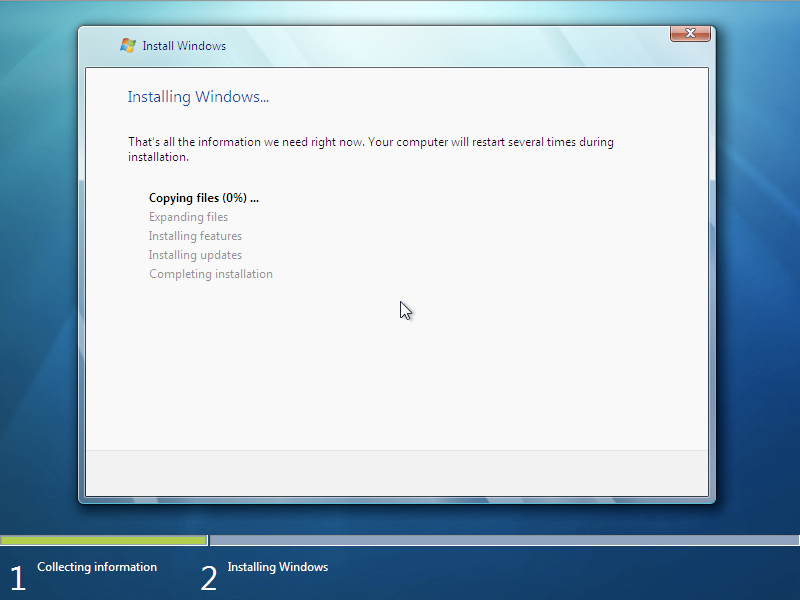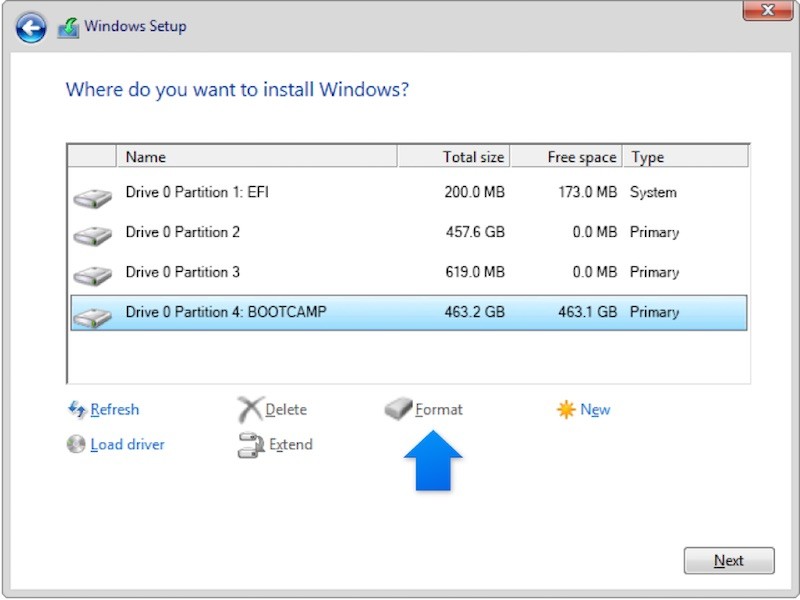

It depends if you want that VM to show up on your local network or not. Under configuration for each VM If you need to use Windows VM on a trusted local network you can configure the network card of that VM to use the Default network adapter or a shared adapter. The amount you choose depends on your VM graphics requirements. You can allocate more video RAM beyond the default for the VM if you choose. Generally I like to leave at least two thread cores for MacOS base system but you can experiment for whatever works best for you. If you have a quad core (eight thread cores) then you may want to go with up to four thread cores (of the eight total) for your Windows VM. I'm not sure about the specs for your particular MBP but if it is a dual core (four total thread cores) you should be able to specify up to two thread cores for the VM and that leaves two thread cores for the MacOS. Under the Parallels configuration and settings for each specific virtual machine that you install you can allocate more RAM to the VM and you can specify how many CPU cores you want to use.

I'm not sure how familiar you are with running Parallels VMs but here are some of my favorite features. They usually offer special upgrade pricing though. The main drawback is that if you update to newer versions of MacOS every year or two you might be required to update to the latest version of the virtual machine software to remain compatible.

8GB RAM is the usual minimum requirement for VMs but if you have 16GB RAM that helps even more running VMs since they do take up more system RAM. , you can make separate clone file copies of your VMs and store them internally or externally as on a drive, they update the drivers to keep it current and compatible with your MBP hardware and you can have your regular MacOS backups do the virtual machine as well as opposed to having Windows in a separate partition on your disk drive. They usually run better, you can run them at the same time as your Mac without having to reboot your machine, you can run all the versions of Windows you want. IMO using a virtual machine such as Parallels (my preference) or VMWare Fusion for Mac is better option anyway.

I believe mid-2014 MBP was the last model that supported Windows 7 Bootcamp but you can double check the Apple support site just to make sure. I'm not sure if the 2015 MBP is Bootcamp compatible with Windows 7.


 0 kommentar(er)
0 kommentar(er)
